-5%
Previous product
Back to products
Event Impact Assessment: A Case Of Puducherry
₹450.00 Original price was: ₹450.00.₹440.00Current price is: ₹440.00.
Next product
Gyanshi
₹199.00 Original price was: ₹199.00.₹195.00Current price is: ₹195.00.
A Textbook On Relationship Between TwakSara Purusha And Buddhi
₹199.00 Original price was: ₹199.00.₹190.00Current price is: ₹190.00.
- Author: Dr. Gaurav Gairola, Dr. Sunil P Nikhate, Dr. Himani
- Language : English
- Paperback : 69 pages
- ISBN-13 : – 978-93-5515-636-5
- Country of Origin : India
- Publisher : Book Rivers(10 December 2022)
Related products
STEM CELLS IN DENTISTRY
₹269.00
“And now science has presented us with a hope called stem cell research, which may provide our scientists with many answers that have for so long been beyond our grasp. I don't see how we can turn our backs on this. There are so many diseases that can be cured or at least helped. We've lost so much time already. I can't bear to lose any more.”
RasoiGhar Relish the goodness from simple food habits
Rasoi Ghar is an attempt to give back to society the Satvik recipes of food
that are devoured during the span of nine nights of Navaratri Holy festival of
Hindus celebrated across the nation every year. This volume focuses mainly on
Sharada Navaratri. The Phalahari food culture of during Navaratri ranges from
Drinks, Snacks, Main Course, Breads, Sweets, Raita and Chutney.
Sabjiyo ki Adhunik kheti (Hindi)
₹300.00
भारत एक कृषि प्रधान देश है जहाँ की लगभग 70 प्रतिषत जनता कृषि कार्य करती है। बढ़ती हुई जनसंख्या तथा भूमि की उत्पादन दर कम होने के कारण कभी-कभी भोजन की पूर्ति की समस्या गंभीर रूप धारण कर लेती है। भारत में खाद्य पदार्थों का कम उत्पादन होने का दूसरा कारण यह भी है कि यहाँ अधिकतर लोगों की काम करने की क्षमता कम है क्योंकि वे असंतुलित एवं कम पोषण आहार के ऊपर निर्भर रहते हैं अतः स्वास्थय ठीक न रहने से उनकी कार्य करने की क्षमता भी कम होती है। इस प्रकार स्वस्थ्य जीवन के लिए सन्तुलित एवं पोषक आहार जरूरी है।
During Covid-19 Pandemic: A Glance
₹289.00
PRODUCT DETAILS
- ISBN : 978-93-90548-04-0
- Publisher : Book River (10 March 2021)
- Language : English
- Dimensions : 12 x 2 x 21 cm
- Country of Origin : India
- Pages : 245
A Mirror of General English For class x
₹249.00
Dear Students at this level are supposed to have some fundamental knowledge of English grammar. This book helps students to improve their grammar knowledge, expanding their vocabulary, and becoming more confident in following expressing themselves in English.
Unconditional Love Mom
₹239.00
My world is just a small place with all the comforts- Mother’s lap.” This anthology is written in all genres and languages which makes it more beautiful just like our dear mother. A relationship of a mother and a child is “unconditional” because she loves with our flaws, our mistakes, our grievances, continually forgiving us, giving us another chance to improve and a lot more. Unconditional means loving them without any conditions, regardless of the circumstances, accepting them as they are. A mother can only do such wonders. Every page is fascinating and utterly addictive. Mothers will always bring our teeths shine brighter and make us laugh louder because from where we all came into existence is the only place where the unconditional love started. After all God’s perfection on earth lies in our mothers. Thankyou Mom for everything. Hope you thanked your mom too after reading this book.”
Mastering Arduino Basics in 30 Days
₹299.00
Connect the components by following the circuit diagram .Remember that potentiometers have three pins. Outer Pins are used for the vcc (Power Source) and the other is ground. The middle pins (output) give us the variable of resistance value.
Fracture Behavior of Biological Materials and Interfaces
₹389.00
Fracture Behavior of Inhomogeneous Biological Materials and Interfaces
Biological materials like bone, nacre, human tooth layers are inhomogeneous materials made up of soft collagen, and hard, hydroxyapatite (HAP) mineral arranged in such a fashion so that these materials have higher strength and toughness, the measure of crack resisting behavior in materials, at the same time, which is exclusive in nature for different class of materials available for different application areas. The interfaces in these biological materials are designed in such a fashion so that the load transfer between the constituents takes place so smoothly, therefore, become a region of strength, not susceptible to failure like in other man-made materials and composites. It is important to understand these aspects of biological materials so that they can be mimicked to the novel materials to satisfy the growing need of different industries.
This work is focused on studying different layers of human tooth, and its interface for crack initiation and growth, the crack arresting behavior of the interface layer of the outer cover of human tooth, the enamel, and the inner, dentine, called dentine enamel junction. These works are done by developing a numerical model using the commercial finite element analysis tool, ABAQUS. The crack growth pattern of the enamel and the dentine has also been investigated. The role of porosity and permeability on the energy release rate which is the measure of fracture toughness has also been investigated. The key features of the book are:
- Study on the role of shear modulus of the defect and the matrix material in which the defect is embedded on the energy release rate.
- The role of small coating layer between the outer matrix and the inner layer on the fracture behavior, especially the stress concentrations in these different layers due to change in the elastic modulus.
- The crack growth pattern in human enamel, the outer tooth layer.
- The crack arresting phenomena of the interfacial, dentine enamel junction (DEJ).
- The role of porosity and permeability on the energy release rate in the inner layer of human tooth, dentine.

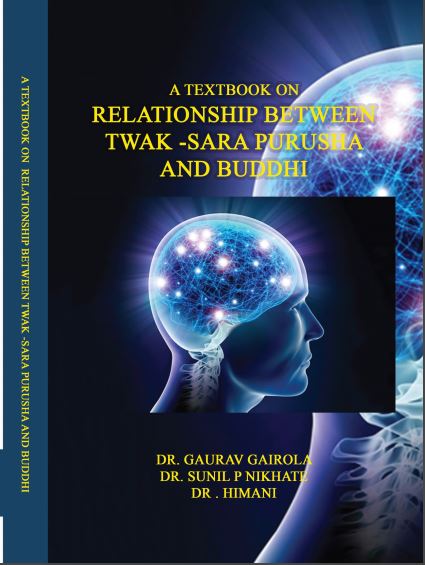
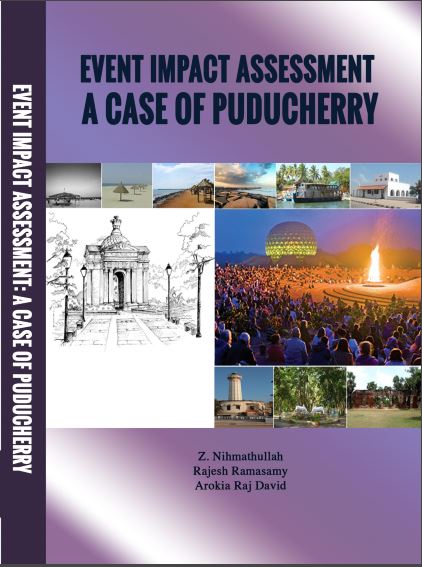
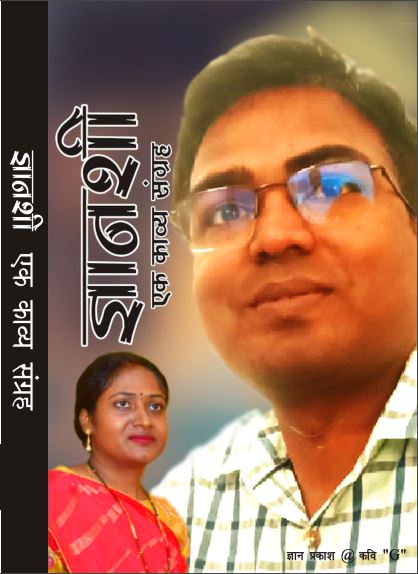
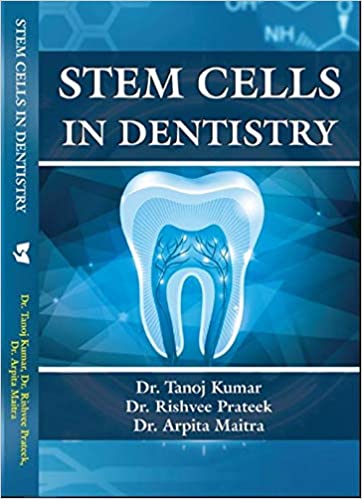

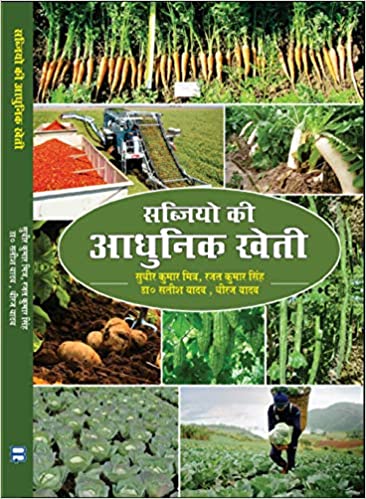

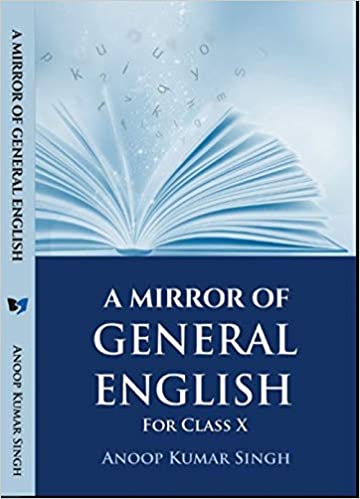
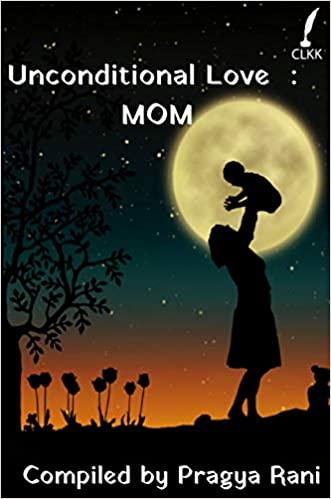
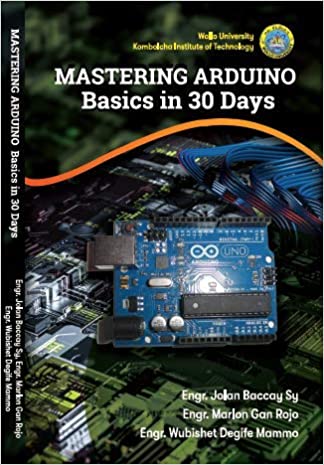

Reviews
There are no reviews yet.